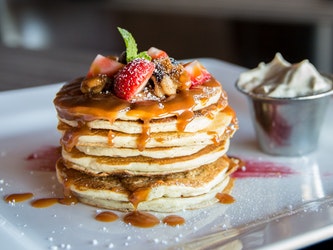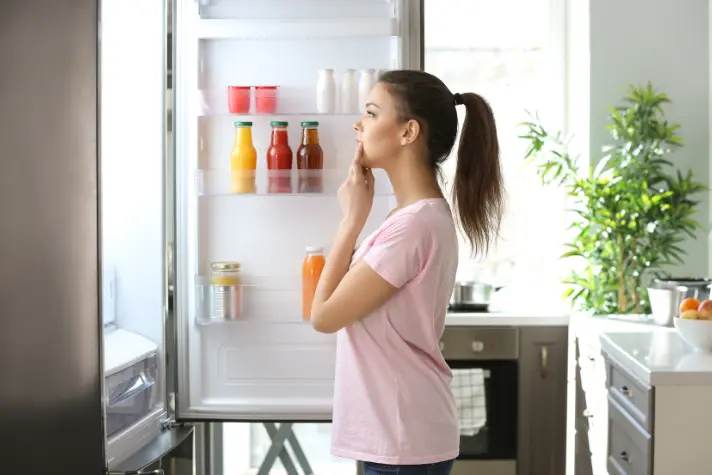
After a delicious meal, have you ever wondered how you’re going to store the leftovers? Or have you ever considered whether or not you store your wine properly?
Proper storage of food and drinks is essential not only for preserving their taste and freshness but also for maintaining their nutritional value and ensuring health safety.
In our daily lives, how we store various consumables can significantly impact their longevity and quality. With the rise in food awareness and the desire to reduce waste, understanding the best practices for food and drink storage is more important than ever.
You may also like:
8 Tips to Preserve Your Foods & Drinks
This article provides eight key tips that will help you preserve your foods & drinks fresher for longer, focusing on everything from general refrigeration practices to the specific needs of items like wine and produce.
1. Optimal Refrigeration Practices
The refrigerator is a cornerstone of modern food preservation, but its effectiveness depends largely on how it’s used.
Keeping your fridge at the correct temperature, generally around 0°C to 4°C, is crucial for slowing down the growth of bacteria and maintaining the freshness of perishable items.
Organizing the fridge correctly is also essential; different sections have varying temperatures, ideal for different types of food. For instance, the lower shelves are cooler and better for raw meat and fish, while the upper shelves are suitable for dairy and cooked foods.
Ensure that there’s enough space for air to circulate items, and keep the fridge clean to prevent cross-contamination and odor transfer.
2. Preserving Wine
Wine requires special consideration when it comes to storage. The right temperature is critical to preserve its flavor and quality. You can find out which wine fridge caters to your needs by looking at the various options listed on Love Craft Wines.
A wine fridge provides a stable temperature environment, which is vital because fluctuations can spoil the wine. Unlike regular refrigerators, wine fridges are designed to maintain a consistent humidity level, preventing corks from drying out.
If not stored properly, wine can oxidize or become ‘cooked,’ leading to altered flavors and a less enjoyable drinking experience.
3. Proper Fruit and Vegetable Storage
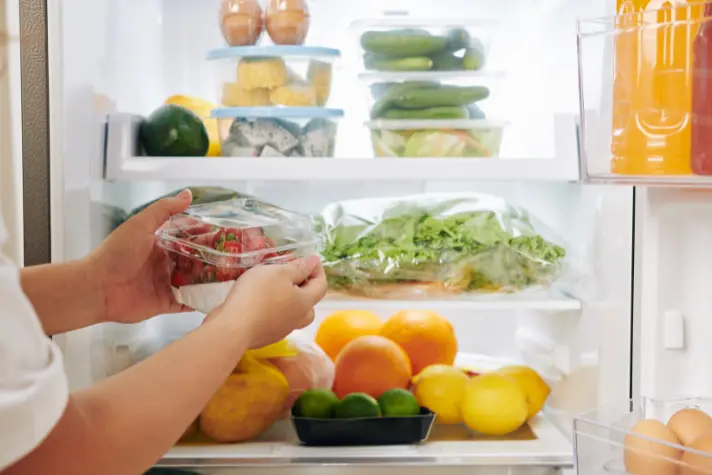
Fruits and vegetables are often tricky to store because they have varying shelf lives and conditions in which they thrive. Some, like bananas, tomatoes, and potatoes, are best kept at room temperature, as refrigeration can alter their taste and texture. Others, such as leafy greens and berries, should be refrigerated to maintain freshness.
Using the produce drawers in your refrigerator can be beneficial, as they are designed to hold moisture to keep fruits and vegetables fresh. Additionally, be aware that certain fruits emit ethylene gas, which can hasten ripening and spoilage in produce kept near them.
4. Storing Dry Goods Effectively
Pantry staples like grains, pasta, and spices have a longer shelf life but still require proper storage to maintain their quality. Keeping these items in airtight containers is key to preserving their freshness and protecting them from pests and moisture.
Store them in a cool, dry place away from direct sunlight, which can degrade quality over time. Regularly check your pantry items for signs of spoilage or infestation, and keep them organized so you can easily monitor their use-by dates.
5. Freezing Food Correctly
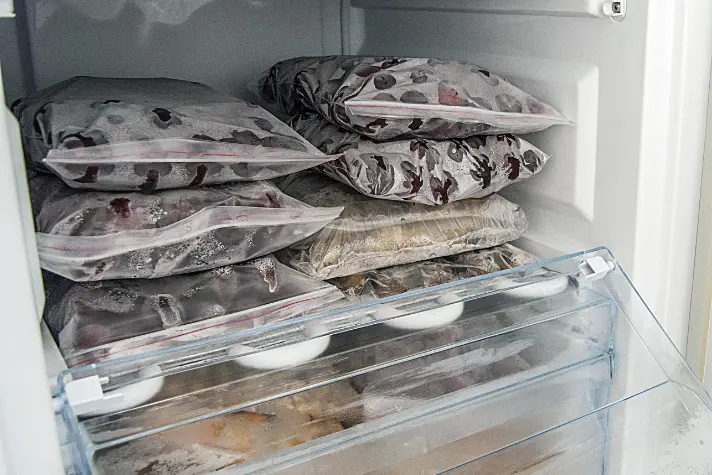
Freezing is an excellent way to prolong the shelf life of many foods, but doing it correctly is key to maintaining their quality. When freezing food, use airtight containers or freezer bags to protect against freezer burn, which occurs due to air exposure and degrades the quality of the food.
Label and date all items before freezing them so you know what you have and can use them within an optimal period. It’s also important to cool food before freezing it. Rapid freezing helps to preserve food better, so adjust your freezer to a colder setting if you’re planning to add a lot of items at once.
Remember, most cooked dishes, meats, and many fruits and vegetables freeze well, but some items like high-water-content vegetables and certain dairy products may not fare as well.
6. Keeping Baked Goods Fresh
Baked goods like bread, pastries, and cakes can quickly lose their freshness if not stored properly. Bread, for example, is best kept at room temperature in a bread box or wrapped in a paper bag. Refrigerating bread can make it stale faster due to the crystallization of starches.
For longer-term storage, most baked goods can be frozen, but ensure they are tightly wrapped to prevent drying out. Items like cakes and pastries are best consumed within a day or two and can be stored under a cake dome or in a container to maintain their moisture and texture.
7. Hydration and Beverage Storage
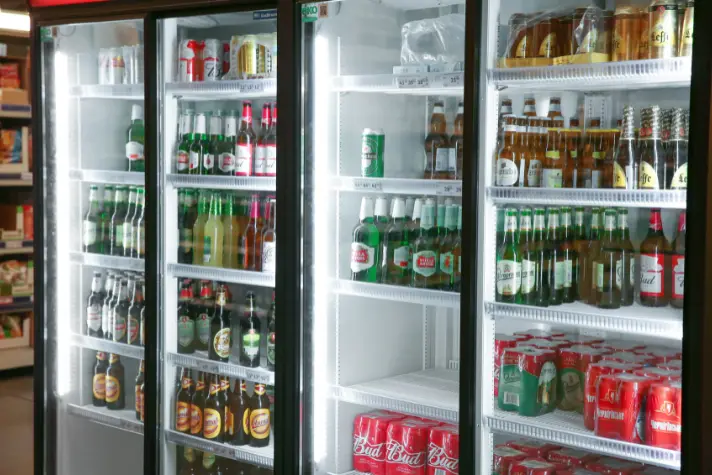
While you need a wine fridge to retain the taste and freshness of wine, other beverages can be stored in your average fridge. Dairy and plant-based milk should be refrigerated and used within their expiration dates. Juices and soft drinks, once opened, should also be kept refrigerated and consumed within a few days to maintain their flavor.
Even bottled water has a shelf life and should be stored in a cool, dark place away from chemicals or strong odors, as these can permeate the plastic and affect the taste.
8. Utilizing Vacuum Sealing
Vacuum sealing is a powerful tool for extending the shelf life of food. By removing air from the packaging, you can significantly reduce the oxidation and growth of bacteria and mold.
Vacuum-sealed food can last 3-5 times longer than food stored in plastic bags or containers. This method is particularly useful for meats and fish, both in the refrigerator and freezer, as well as for dry goods like nuts and cereals that can become stale quickly.
While the initial investment in a vacuum sealer can be high, the savings in food costs and reduced waste can make it worthwhile.
Conclusion:
Proper storage of food and drinks is a simple yet effective way to enhance their lifespan and quality.
By implementing optimal refrigeration practices, understanding the unique storage needs of items like wine and produce, and effectively storing dry goods, you can ensure that your food remains fresh and delicious for as long as possible.
Not only does this contribute to better taste and nutritional value, but it also plays a crucial role in reducing food waste and promoting a more sustainable lifestyle.
Remember, the way we store our food can have a big impact on its enjoyment and our health.
About The Author:
Stacey Smith is a freelance health writer. She is passionate about writing about women’s health, dental health, diabetes, endocrinology, and nutrition and provides in-depth features on the latest in health news for medical clinics and health magazines.

